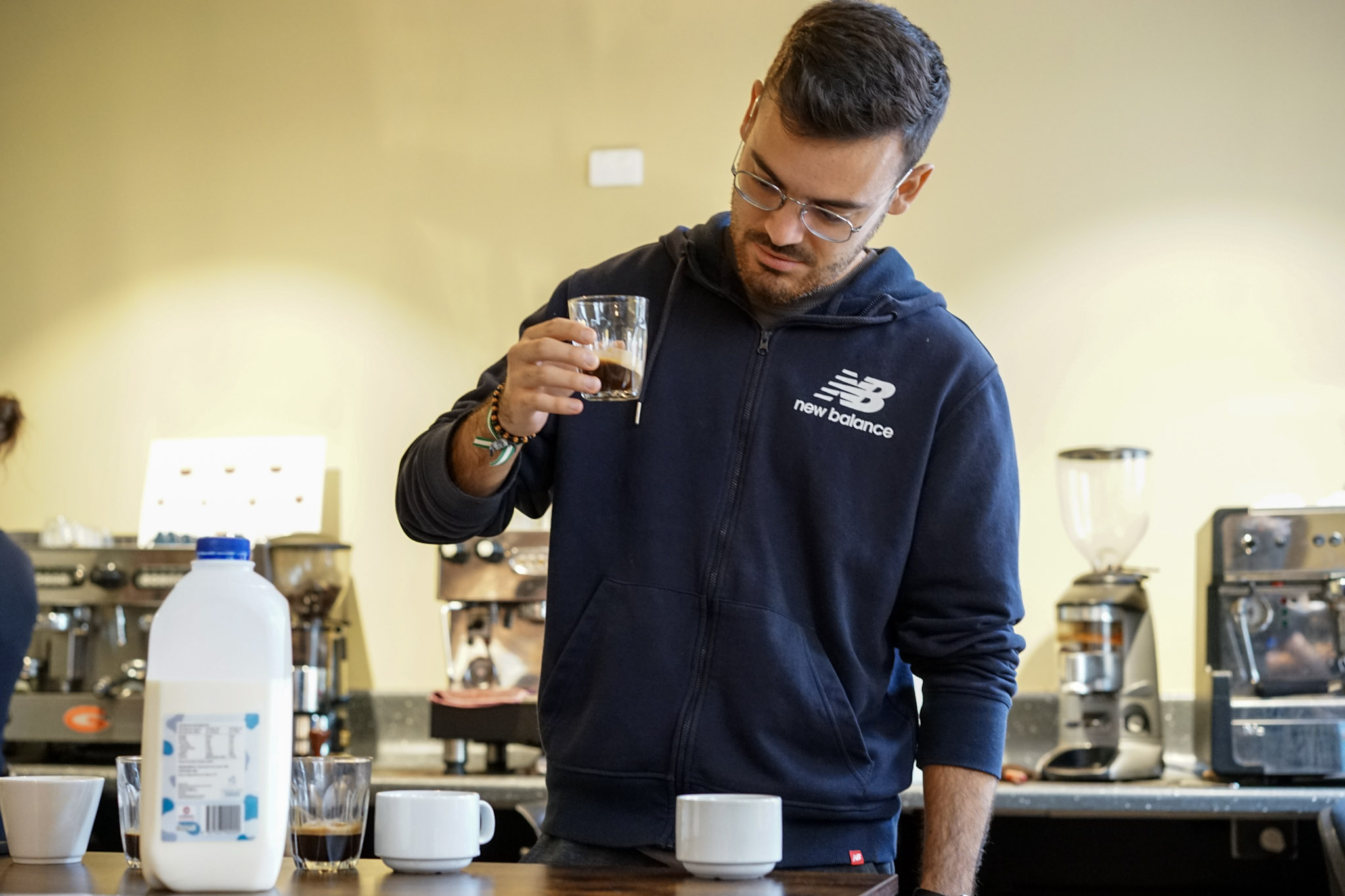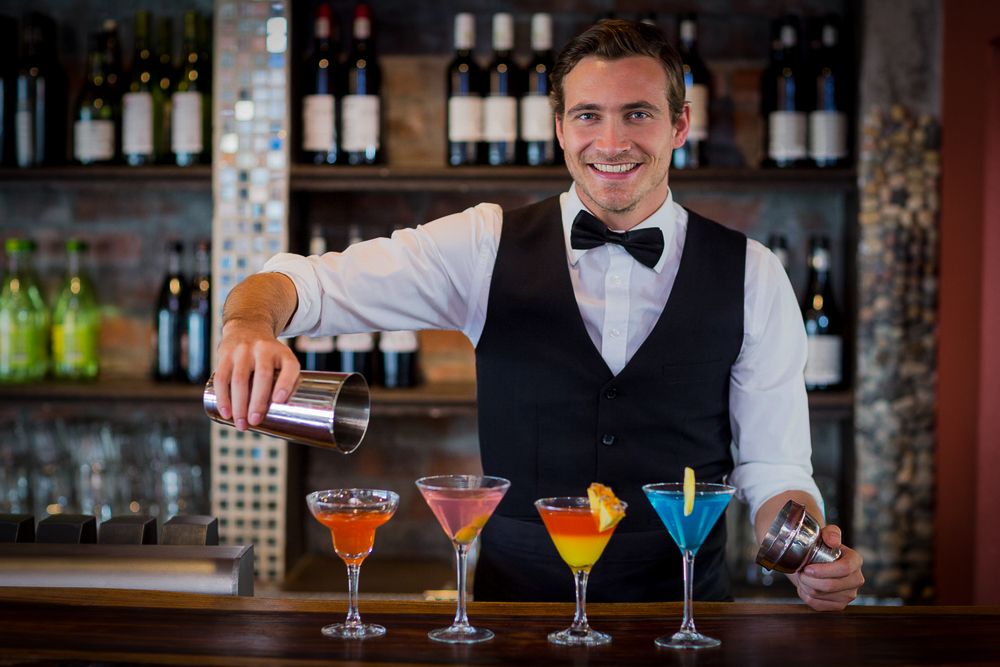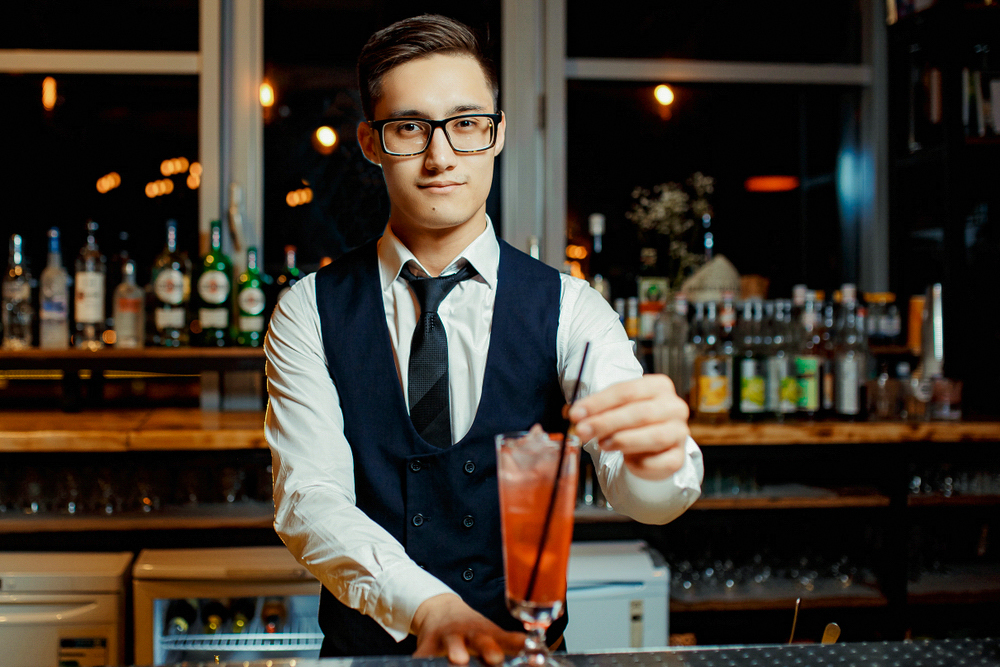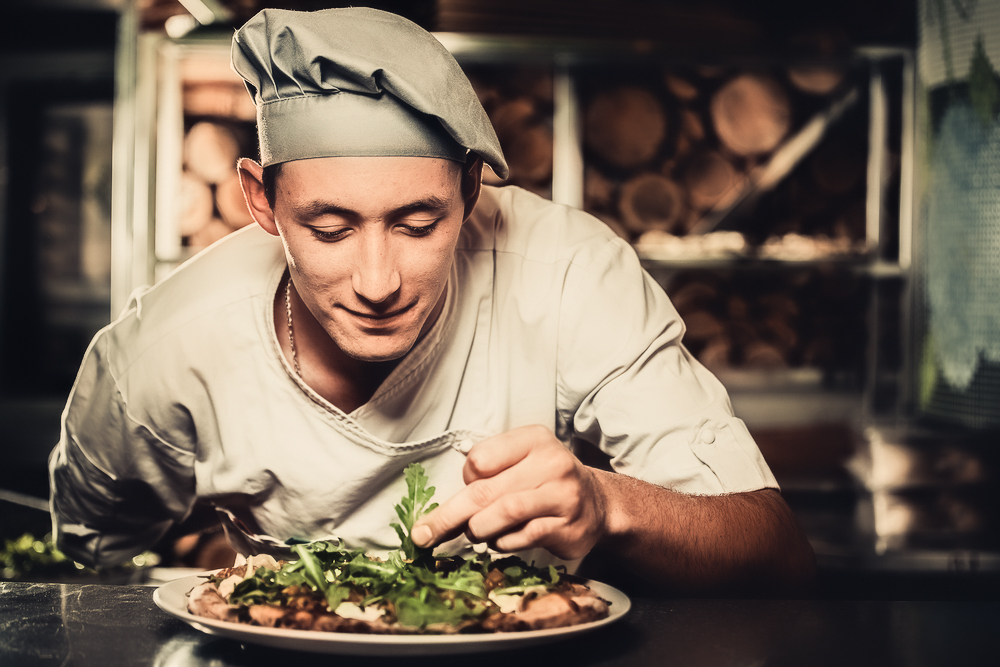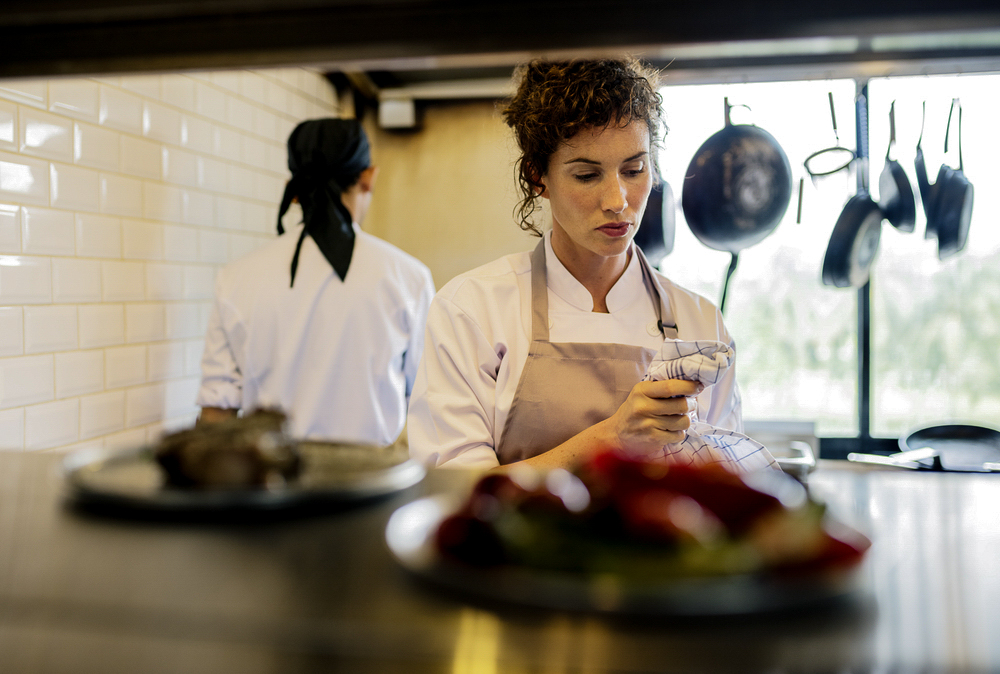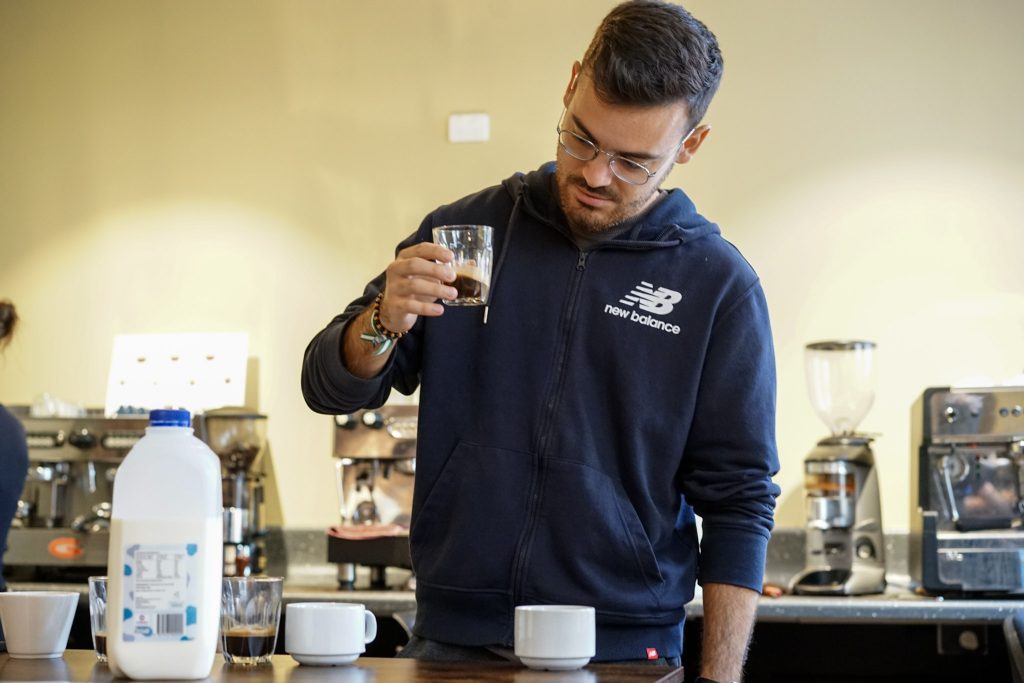
The first sip of a morning espresso—strong, bold, and energizing—is a cherished ritual that helps millions of Australians kickstart their day. Behind that rich crema and intense flavor lies a fascinating question: do you know how much caffeine you’re actually enjoying? It’s a topic that often surprises participants in our coffee making course.
The Espresso Caffeine Myth
Most people think espresso packs the biggest caffeine punch of any coffee drink. But this is not true. While a single 30ml espresso shot has about 60-80mg of caffeine, a regular mug of filter coffee has 95-200mg.
Are you surprised? You are not alone. The espresso caffeine content feels higher because it’s concentrated in a small volume. Per millilitre, espresso is stronger. But overall, you’re drinking less caffeine than in a mug of drip coffee.
The amount matters, especially if you’re watching your caffeine intake. That afternoon headache might not be from your single espresso but from the two large filter coffees you had at breakfast.
Beyond Arabica
Visit ten different cafés in Sydney or Melbourne, and you’ll experience ten different caffeine variations. The beans make all the difference.
While Indonesian beans feature prominently in many Australian cafés – especially from Sulawesi, with their spicy, earthy punch and decent caffeine hit, Vietnamese Robusta beans will wake you up fast as they contain nearly double the caffeine of Arabica. PNG beans from up north give a brighter cup with fruit notes and less caffeine kick – perfect for afternoon drinking.
We use these examples in our Coffee Appreciation Course at Coffee School to show students how much caffeine in espresso can vary depending on the beans selected. So, forget generic “coffee beans” – origin shapes both taste and stimulant effect, and it’s no wonder so many Australian roasters now print origin information on their bags.
Dark Roast = Stronger Caffeine?
Oily, dark beans look like they’d pack more punch, right? Nope. Dark roasts contain slightly LESS caffeine than lighter roasts. When we blind-test this in our coffee making course, students never believe it until they feel the difference themselves.
The roasting process destroys caffeine molecules. Not by much – maybe 5-10mg per shot – but enough to notice if you’re caffeine-sensitive. Dark roasts taste more intense because of other compounds from longer roasting, not caffeine. This tricks your brain into expecting a bigger buzz that never comes.
Are you curious about the science behind your daily cup? Our Barista & Coffee Art Course digs into the chemistry without the jargon. Contact Coffee School to learn practical skills with real café equipment.
Pulling Shots: Your Caffeine Control Panel
Nothing affects espresso caffeine content more than how you extract the shot. Pull too fast (under 20 seconds)? Less caffeine, sour taste. Too slow (over 35 seconds)? More caffeine but super bitter.
Water temperature changes everything too. Cooler water extracts less caffeine but might taste sweeter. Hotter water pulls more caffeine but can scorch the coffee.
This isn’t coffee theory – it’s practical knowledge you’ll use every day after taking a coffee making course at our academy.
Flat White vs. Cappuccino
“I’ll have a cappuccino instead of a flat white – I don’t want too much caffeine.” We hear this all the time, and it makes baristas bite their tongues.
The milk doesn’t change the caffeine content at all. What matters is shot count. Most cafés put double shots in flat whites (120-160mg caffeine) and single shots in cappuccinos (60-80mg). So that bigger, frothier cappuccino actually contains LESS caffeine than the smaller flat white.
Knowing how much caffeine in espresso drinks helps you order smarter, especially when you need to control your intake.
Your Body, Your Caffeine Rules
Some people twitch after half an espresso. Others have doubles all day without blinking. Your caffeine tolerance is personal – affected by your size, age, medications, metabolism, and genes. The “up to 400mg daily” guideline (about 5-6 espresso shots) works for some but not others.
At Coffee School, we teach students to notice their responses rather than follow generic rules. Your jitters, headaches, or sleep patterns tell you more than any textbook guideline.
From Coffee Consumer to Coffee Creator
Knowing the espresso caffeine content of different beverages is just the beginning. A solid coffee making course teaches you to control everything that affects your cup – bean selection, grinding, extraction, milk work, and machine care.
At Coffee School, we don’t waste time on theories nobody uses. Our training focuses on skills you’ll need – whether you’re aiming to become a skilled Barista or want better coffee at home. Enrol in a Barista training Course today and stop guessing what’s in your cup. Learn to create exactly the cup you want, caffeine level included.
